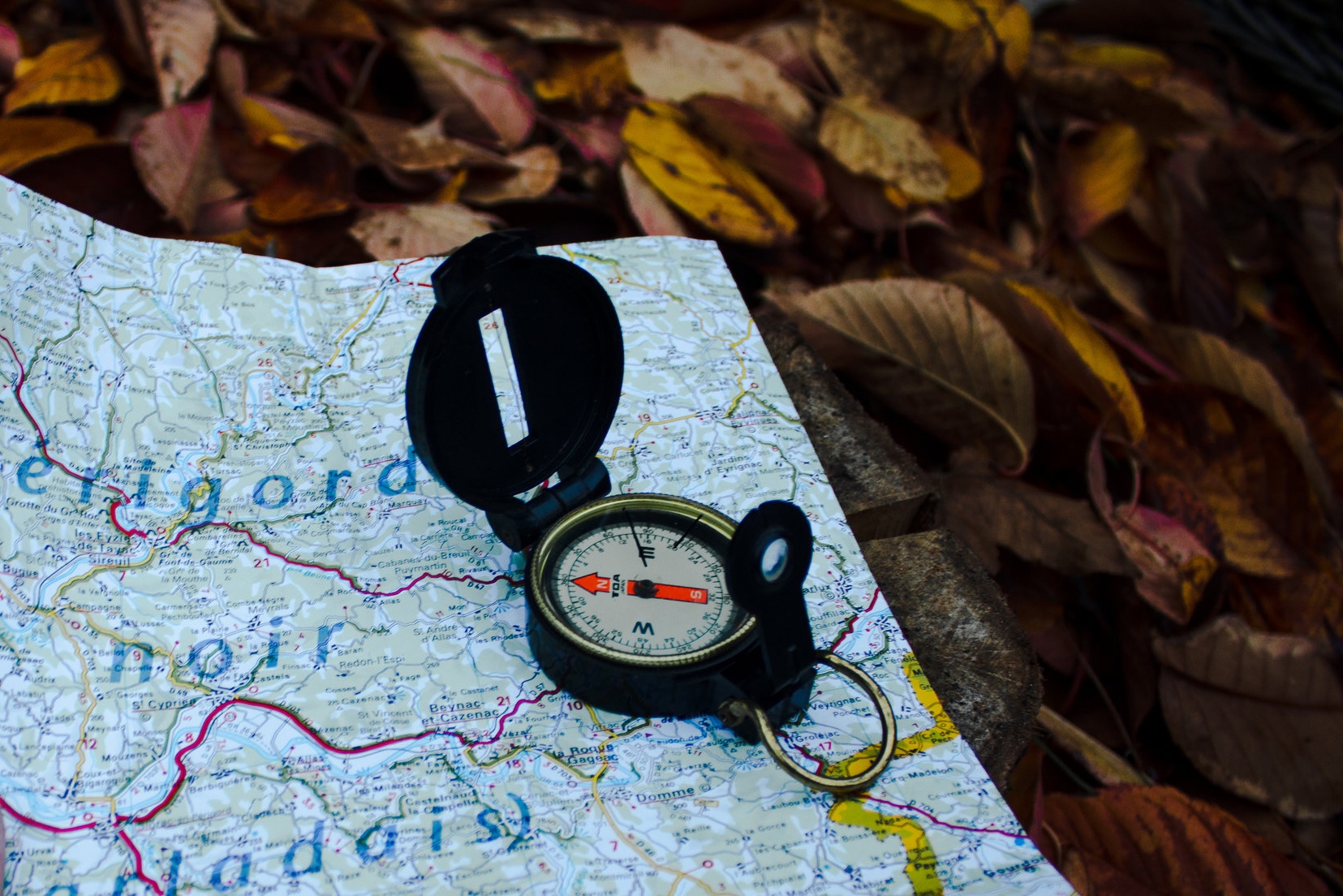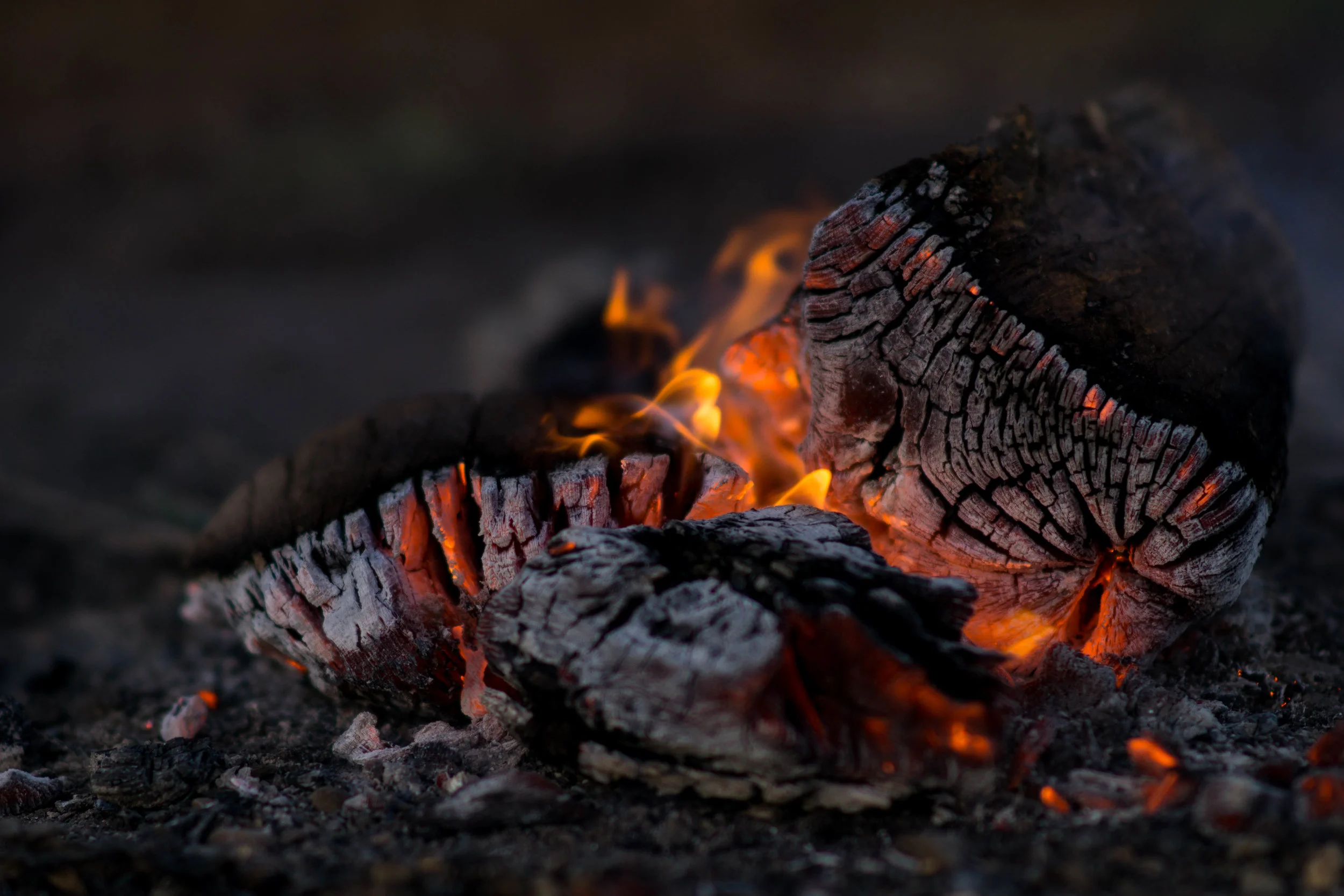Lost And Injured: Change How You Think About Your Next Hike
National Geographic published an article that reminded me that being lost or stranded in the wilderness could happen to anyone. Surprisingly, it happens more often than we may think. NATGEO cited a study published my smokeymountains.com which revealed that thousands of search and rescue(SAR) missions are initiated each year in our National Parks. You don’t have to be in exotic uncharted lands to get lost or ‘misplaced’. Overall, the top reasons people got lost were: wandering off trail, weather, separated from group, injury, darkness and equipment failure. Day Hikers, those who only planned to be out for the day, were the subject of 42% of SAR missions. Read the study for more granular details but the takeaway is that being prepared for the unexpected may save your life.
I'm not trying to be an alarmist or overstate a marginal problem. Fact is, the vast majority of wilderness excursions don't result an any issues at all. However, we should be aware that the possibility does exist, that accidents do happen and that sometimes people don’t survive these situations. A simple change in how we think and taking some precautionary measures can contribute greatly to survival should we find ourselves in unexpected situations.
The Fork In The ‘Trail’
If you are exploring a new area that is unfamiliar to you or if you are on familiar ground but suffer a serious injury, you could be facing an extended stay outdoors. Often this may result in unplanned overnight stays. Only 20 percent of those lost actually found their way out on their own. The other 80 percent needed to be rescued. The secret to survival may boil down to planning and preparation.
Here are a few things to consider before setting out on your next adventure. They are basic items, skills and mindset you should always take with you when exploring the backcountry. Also, I encourage you to read the full study and take a look at some of the circumstances of those lost or stranded in the woods. Their stories are interesting and may provide valuable perspective. I’ll be sharing my lost story in the next post so please subscribe. Also, I would love to hear about your lost in the wild experience. Please leave a comment with your story.
Learn to use your map and compass
Map and Compass
It's easy to print or buy a map for your next trek. The real key is knowing how to read it and ultimately having the ability to pair it with a compass. For many recreational hikers and explorers, developing this skill may require some effort and training. It's just another tool in the toolbox to help you in a lost situation. Together they are the most beneficial tools in preventing a lost situation in the first place. Electronic GPS tools are good as well but adequate signal or power isn’t always available.
Carry Extra Water; Be Able To Process Water Should You Run Out
Water is essential. I've often seen hikers and bike riders take little or no water when exploring unfamiliar wilderness areas. It's not unusual to find park maps that are not to scale or the 'estimated' trail length is much longer than represented. It's always best to take a manageable amount of water or as much as you can comfortably carry. In a group setting, your extra water may also help that person who was unprepared. I usually carry at least 3 liters of water. That's almost 7 lbs in the pack but it’s worth it. A gallon of water weighs about 8.5 pounds. Psychologically speaking, that extra weight should encourage you to drink more water so that your load is lightened. Since water is very heavy, there is a limit to what you can carry. A LifeStraw or Sawyer Mini’s are tools that will help with consuming clean water from sources you may find in an emergency. Extra food/energy snacks are good to have but you will crash due to dehydration much sooner than you will to lack of food. General rule, with an emphasis on the ‘general’, the body can survive 3 days without water and 3 weeks without food.
Bivy Sack/Emergency Shelter
Making a good choice for this item can help solve your shelter and warmth requirement. They are lightweight at less than one pound, but will help keep you warm and protect you from the elements if you have to spend some cool nights outdoors. Go for the bright orange option in a Bivy as it will help increase your visibility.
Fire will give warmth and a sense of security
Keep Warm - Fire and Layers
If you are injured or lost, chances are you will be spending the night in the woods. A fire in this situation will provide warmth, light and a sense of security. I carry waterproof/weatherproof matches in a plastic bag along with several small pieces of 'fatwood'. Building a sustained fire that will last more than a few minutes takes more effort than you might expect. Fatwood contains the resin found in pine trees and is a natural fuel source and will serve as a base for starting your fire. It can also be found in the woods in old rotting or fallen pine trees but you’ll have to know what you are looking for. Layers are also important to help regulate your core body temperature by being able to add or remove clothing.
Survival Knife with a paracord lanyard
Essential Outdoor Tools
When I say tools, I don't mean screwdrivers and wrenches. A while back I wrote an article about this essential outdoor tool, the knife. A good knife can serve you in a range of situations from personal safety to first aid. Take a look at my prior post for details and suggestions. A small First-Aid Kit and whistle are also great to have.
Leave A Trip Plan … When and Where
Speaks for itself. If no one is aware you are out, where you are going and when to expect your return they will not know that you may need help.
Carry A Flashlight …Your Phone Doesn't Qualify
One of the listed causes of people going off-trail and getting lost is darkness. Having a headlamp or small flashlight can help you navigate in low light. I recommend a headlamp because it keeps your hands free and light naturally follows your line of sight. This is another item that can also help you be rescued by signaling your location at night.
Stop,Think,Observe,Plan
Ultimately, Don’t Panic
Take some time to think things through. The US Forestry Service recommend the following steps as soon as you find yourself in a precarious situation:
Stop:
As soon as you realize you may be lost: stop, stay calm, stay put. Panic is your greatest enemy.
Think:
Go over in your mind how you got to where you are. What landmarks should you be able to see? Do not move at all until you have a specific reason to take a step.
Observe:
Get our your compass and determine the directions based on where you are standing. Do not walk aimlessly.
If you are on a trail, stay on it. All trails are marked with signs (where intersections meet) and diamond blazers or maker. However, signs are sometimes vandalized or stolen.
As a very last resort, follow a drainage or stream downhill. This is often difficult path but could lead to a trail or road. Again, this could be very dangerous.
Plan:
Based on your thinking and observations, come up with some possible plans, think them through then act on one of them.
If you are not very, very confident in the route, then it’s always better to stay put.
If it’s nightfall, you are injured or you are near exhaustion, stay in place.













